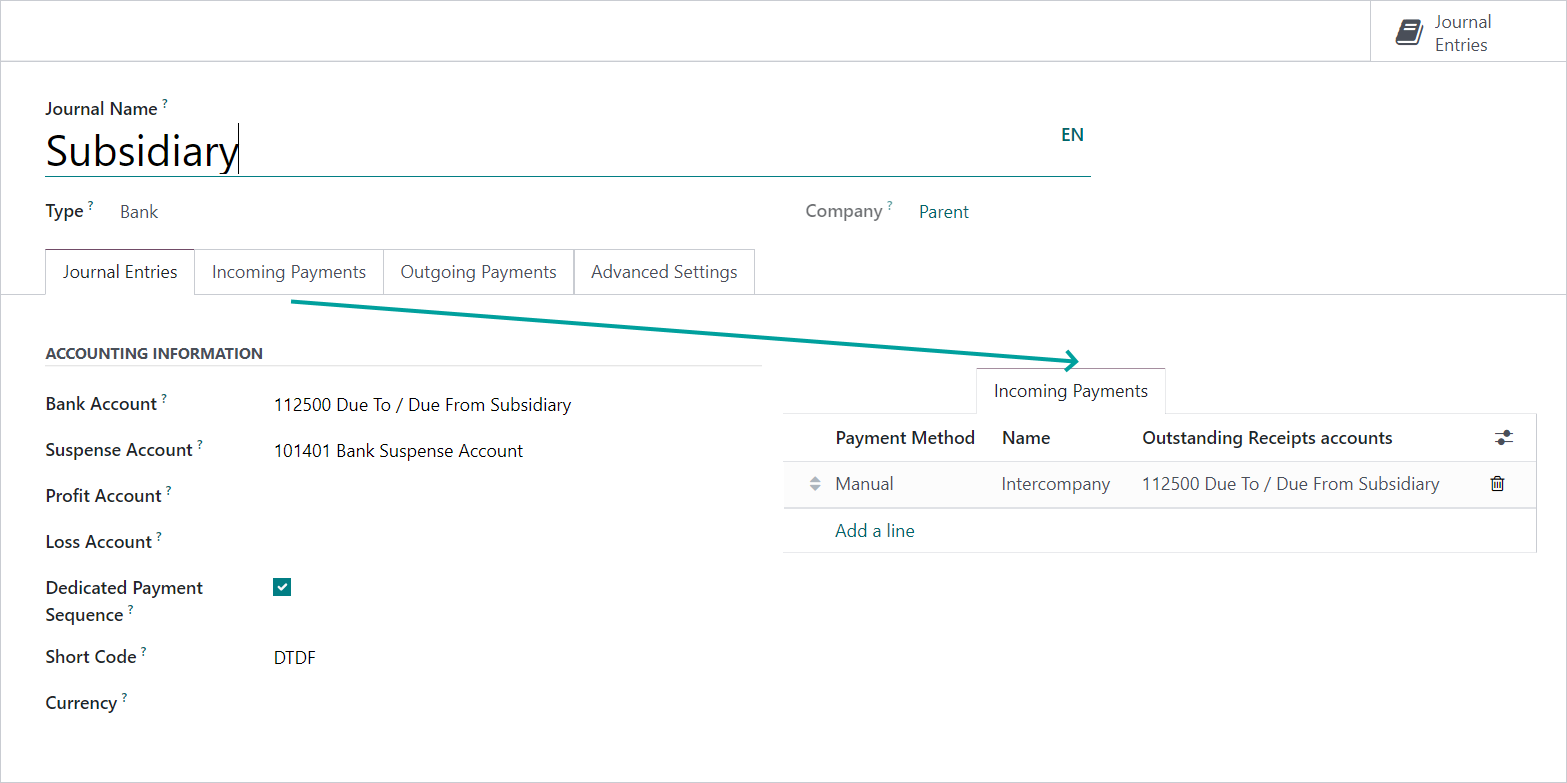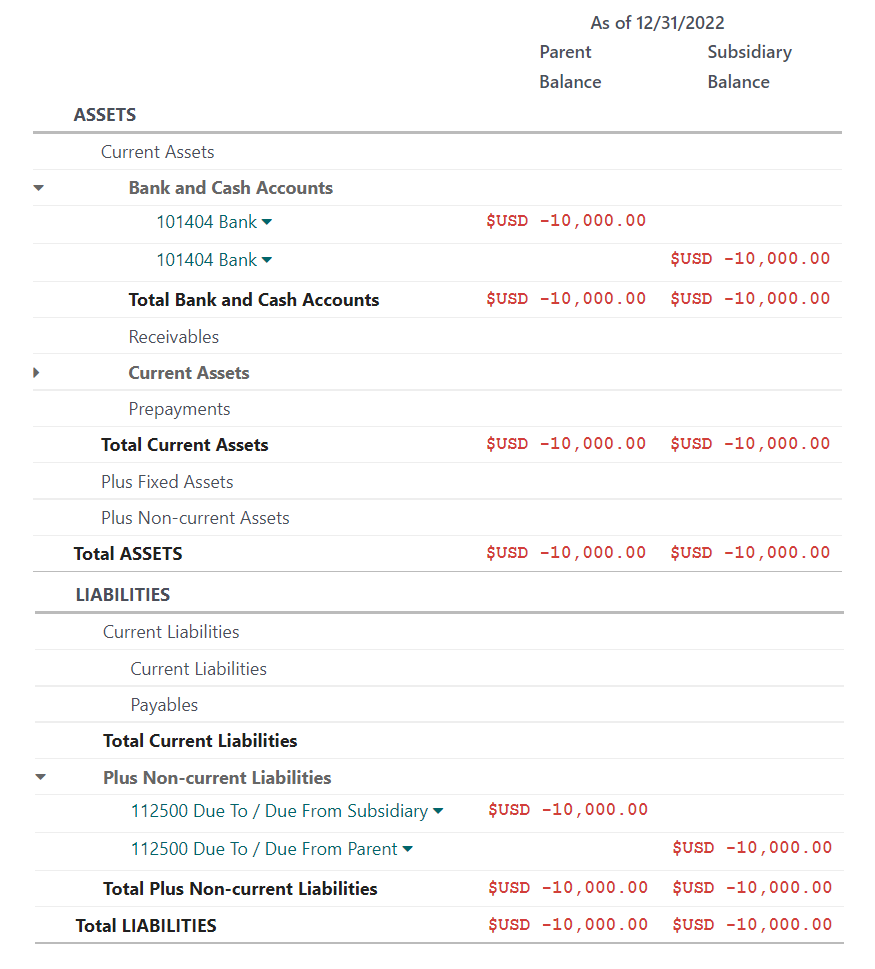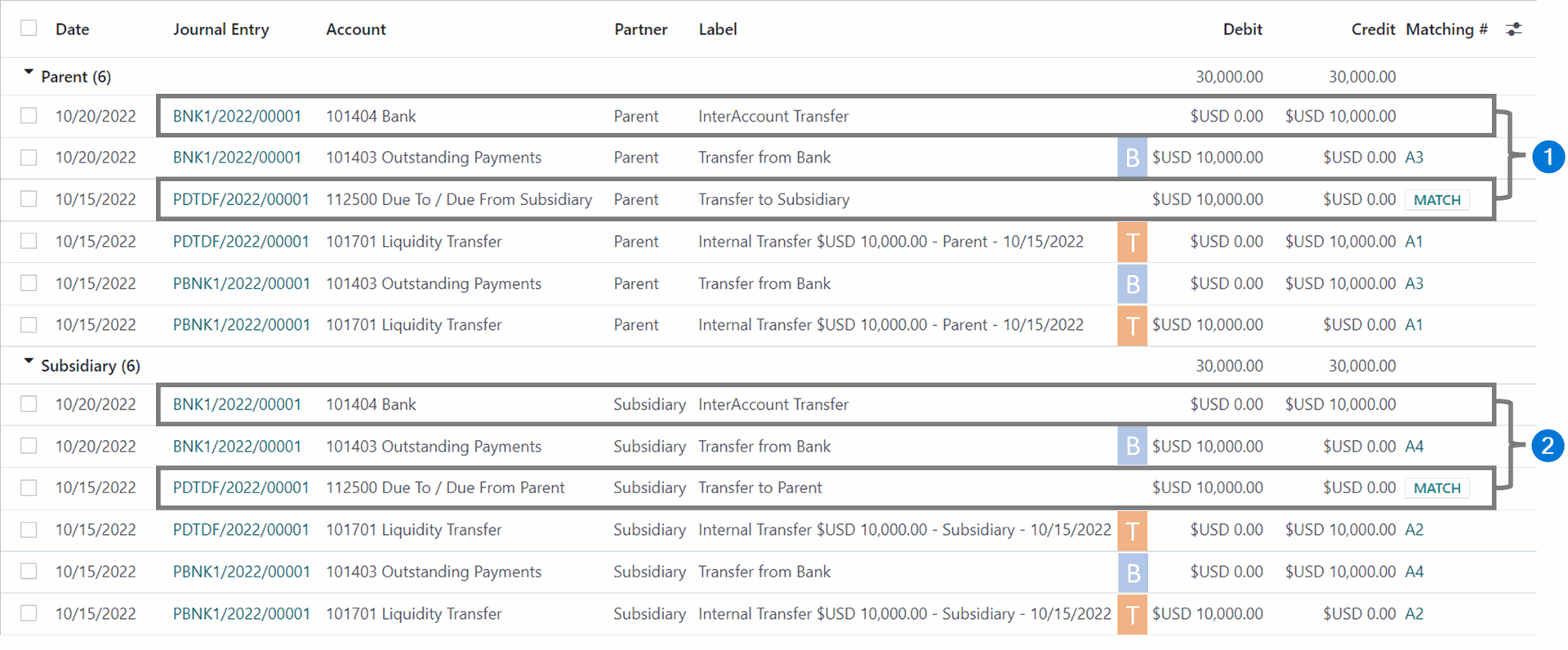I have two Companies: Company A and Company B. Company B has more expenses than they can typically afford so Company A will be picking up the tab for a while.
I want an easy way to make this happen without needing to reconcile inter-company transactions, enter Bills or Payments twice, etc.
I may decide to pay back Company B via an investment in Capital, I may decide to send Cash, or I may purchase Services from them in lieu of receiving payment.
I want a receivable in Company A's books showing me the cumulative amount that is owed. I want a payable in Company B's books to show me the cumulative amount that is owed. When I run consolidated financials, these should be eliminated.
How?
I want to do this in three SIMPLE steps:
Record the Vendor Bill in Company B.
Record the check cut from Company A.
Record the closing of the Bill in Company B.
Caveats:
I don't know in advance which Bills will be paid from A and which from B - so I can't enter them differently.
I don't want to fund Company B. I don't want to affect my cash balance in Company A until I decide which Bills to pay.
At the end of this process:
Company B books:
the Vendor isn't owed any money.
AP aging shows no Vendor liability
a liability (Inter-Company Payable) is owed TO Company A.
AP Aging shows Company A liability
Company A books:
an asset (Inter-Company Receivable) is owed FROM Company B.
AR Aging shows the Company B asset









did you ever find a solution to this?